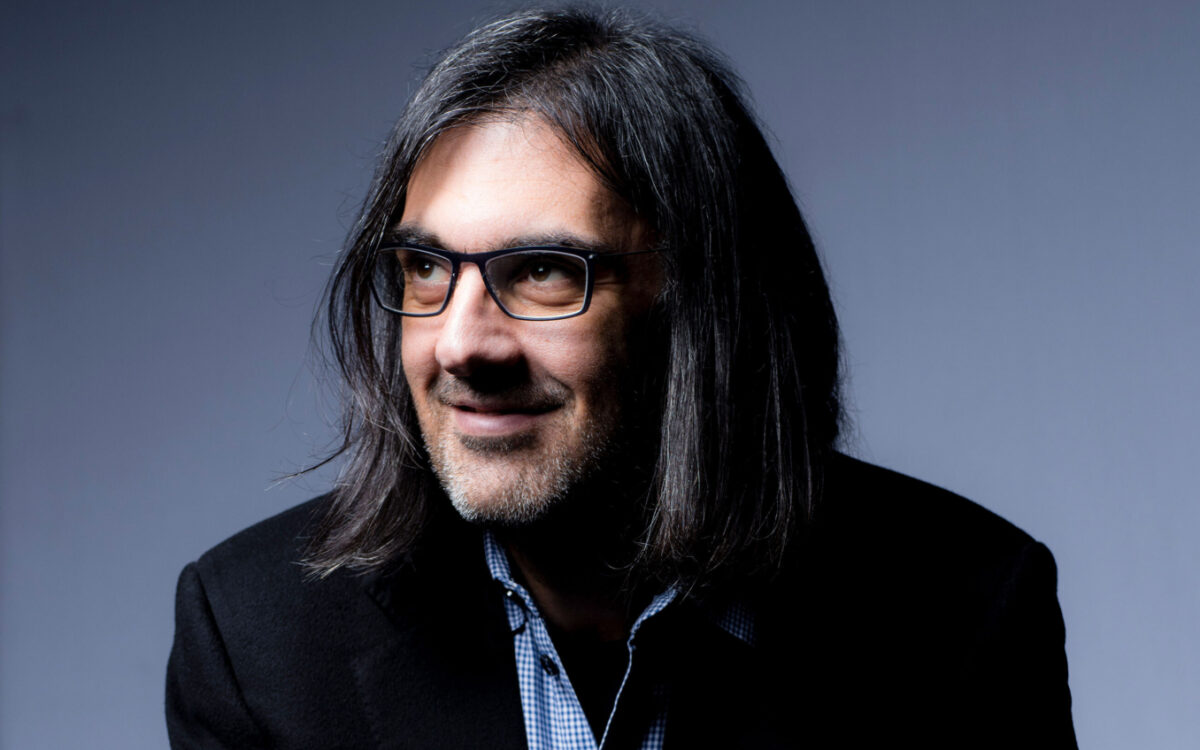Violin Concerto
Composition and premiere: Mendelssohn expressed his intention of writing a concerto for violinist Ferdinand David as early as 1838, but only completed the piece in 1844 after years of sketching. David gave the first performance with the Gewandhaus Orchestra of Leipzig, Niels Gade conducting, on March 13, 1845. Georg Henschel led the first BSO performance on February 18, 1882, Alfred de Sève, soloist. Albert Spalding was soloist in the first Tanglewood performance, on August 15, 1941, with the BSO led by Serge Koussevitzky. Joshua Bell played the most recent Tanglewood performance, with Lahav Shani leading the BSO on August 13, 2017.
Ferdinand David (1810-73) was one of the most distinguished German violinists and teachers of his day. When the 27-year-old Mendelssohn became director of the Gewandhaus concerts in Leipzig in 1836, he had David, just a year his junior, appointed to the position of concertmaster. Relations were always very cordial between composer and violinist, and their warmth was marked in a letter that Mendelssohn wrote to David on July 30, 1838, in which he commented, “I’d like to write a violin concerto for you next winter; one in E minor sticks in my head, the beginning of which will not leave me in peace.”
But having said as much, Mendelssohn was not in a hurry to complete the work. He sketched and drafted portions of it in at least two distinct stages over a period of years, and his correspondence with David is sometimes filled with discussions of specific detailed points of technique, and sometimes with the violinist’s urgent plea that he finish the piece at last. By July 1839 Mendelssohn was able to write David reiterating his plan of writing a concerto; the composer commented that he needed only “a few days in a good mood” in order to bring him something of the sort. Yet Mendelssohn didn’t find those few days for several years—not until he decided to shake off the wearying appointment at the court of Frederick William IV in Berlin. So it wasn’t until July 1844 that he was able to work seriously on the concerto; on September 2 he reported to David that he would bring some new things for him. Two weeks later the concerto was finished.
This is, quite simply, one of the most original and one of the most attractive concertos ever written. The originality comes from the new ways Mendelssohn found to solve old formal problems of the concerto. At the very beginning, in a radical departure from standard, Baroque-derived concerto practice, Mendelssohn dispenses entirely with an orchestral ritornello, fusing the opening statement of orchestra and soloist into a single exposition. Mendelssohn’s solution for the cadenza, usually placed at the end of the movement and often disruptive, is simple and logical—he composes his own cadenza for the first movement, but instead of making it an afterthought, he places it in the heart of the movement, allowing the soloist the chance to complete the development and inaugurate the recapitulation. No other cadenza had ever played so central a role in the structure of a concerto to that time.
Finally, Mendelssohn was an innovator with his concertos by choosing to link all the movements into one another without a break, a pattern that had been found earlier in such atypical works as Weber’s Konzertstück for piano and orchestra, but never in a work having the temerity to call itself a concerto. Yet we can’t imagine the Liszt concertos and many others without this change.
The smooth discourse of the first movement, the way Mendelssohn picks up short motives from the principal theme to punctuate extensions, requires no highlighting. But it is worth pointing out one of the loveliest touches of orchestration at the arrival of the second theme, which is in the relative major key of G. Just before the new key is reached, the solo violin soars up to high C and then floats gently downward to its very lowest note, on the open G string, as the clarinets and flutes sing the tranquil new melody. Mendelssohn’s lovely touch here is to use the solo instrument—and a violin at that, which we usually consider as belonging to the treble range—to supply the bass note, the sustained G, under the first phrase; it is an inversion of our normal expectations, and it works beautifully.
When the first movement comes to its vigorous conclusion, the first bassoon fails to cut off with the rest of the orchestra, but holds its note into what would normally be silence. The obvious intention here is to forestall intrusive applause after the first movement; Mendelssohn gradually came to believe that the various movements of a large work should be performed with as little pause as possible between them, and this was one way to do it (though it must be admitted that the sustained bassoon note has not always prevented overeager audiences from breaking out in applause). A few measures of modulation lead naturally to C major and the lyrical second movement, the character of which darkens only with the appearance of trumpets and timpani, seconded by string tremolos, in the middle section. Once again at the end of the movement there is only the briefest possible break; then the soloist and orchestral strings play a brief transition that allows a return to the key of E (this time in the major mode) for the lively finale, one of those brilliantly light and fleet-footed examples of “fairy music” that Mendelssohn made so uniquely his own.
Steven Ledbetter
Steven Ledbetter, a freelance writer and lecturer on music, was program annotator of the Boston Symphony Orchestra from 1979 to 1998.

